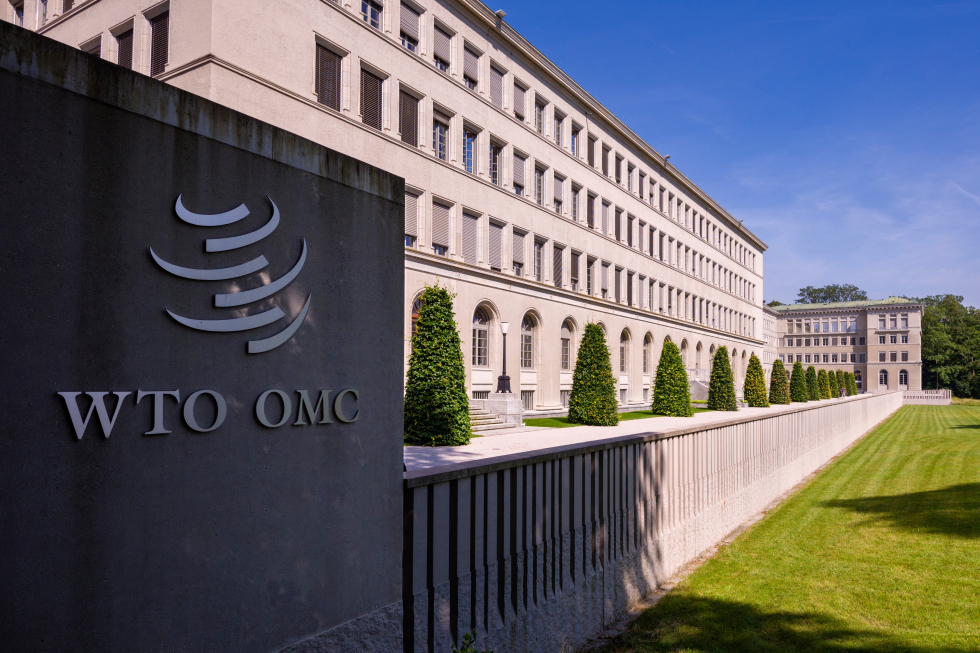Unlocking Global Business Success Through Trade Agreements
Explore the dynamics of international trade agreements, from bilateral pacts to regional blocs, for strategic global business growth.

Navigating the intricate landscape of international trade agreements is a cornerstone of success for businesses engaged in the import-export domain. In this comprehensive guide, we will delve into the nuances of trade agreements, exploring bilateral and multilateral partnerships, the role of Free Trade Agreements (FTAs), customs unions, the influence of the World Trade Organization (WTO), and the strategic leveraging of regional trade blocs.
The Essence of Trade Agreements
Trade agreements serve as the linchpin of global commerce, shaping the rules and facilitating transactions between nations. These agreements, whether bilateral or multilateral, create a framework that governs the flow of goods and services across borders, fostering economic cooperation and stability.
Bilateral Trade Agreements
Bilateral trade agreements, formed between two nations, offer a direct and focused approach to international trade. Such agreements allow for customized terms and conditions, providing flexibility for participating countries.
Direct Agreements Between Two Nations:
- Bilateral trade agreements foster a direct relationship between the negotiating nations.
- This approach allows for tailored solutions that address the specific needs and priorities of both parties.
Flexibility and Customization:
- One of the key advantages of bilateral agreements is the flexibility they provide.
- Negotiating parties can tailor the terms to address their unique economic landscapes and trade objectives.
Multilateral Trade Agreements
Multilateral trade agreements, involving three or more nations, offer a platform for broader economic cooperation. While they present advantages, navigating the complexities of multilateral negotiations requires strategic finesse.
Promoting Broader Economic Cooperation:
- Multilateral agreements go beyond the simplicity of bilateral pacts, promoting broader economic cooperation among participating nations.
- This inclusivity aims to create a collaborative environment that fosters mutual growth.
Addressing Challenges in Multilateral Negotiations:
- The diverse interests and priorities of multiple nations can pose challenges in multilateral negotiations.
- Successful navigation requires understanding the intricate dynamics and finding common ground for mutual benefit.

Free Trade Agreements (FTAs)
FTAs play a pivotal role in eliminating or reducing tariffs and trade barriers, fostering the free flow of goods and services between participating nations. Understanding the components and benefits of FTAs is crucial for businesses looking to expand their global reach.
The Concept of Free Trade
Free trade agreements are designed to remove impediments to trade, allowing for the unrestricted movement of goods and services.
- Removing Tariffs and Trade Barriers:
- FTAs aim to eliminate or significantly reduce tariffs, lowering the cost of goods and promoting increased trade activity.
- This reduction in trade barriers creates a more open and competitive market.
- Encouraging the Free Flow of Goods and Services:
- By fostering a climate of reduced trade restrictions, FTAs encourage a seamless flow of goods and services between participating nations.
- This open-market approach creates opportunities for businesses to explore new markets and expand their global footprint.
Customs Unions for Mutual Benefit
Moving beyond bilateral and multilateral agreements, customs unions represent a deeper level of economic integration. Understanding the objectives, advantages, and challenges of customs unions is essential for businesses navigating the global trade landscape.
Definition and Objectives of Customs Unions
Customs unions go beyond reducing tariffs; they involve a comprehensive harmonization of trade policies, aiming for a more unified economic structure.
- Achieving Deeper Economic Integration:
- Customs unions are formed to achieve a higher level of economic integration among member nations.
- This involves not only tariff elimination but also synchronization of trade policies to create a unified market.
- Harmonizing Trade Policies:
- The harmonization of trade policies within customs unions ensures a seamless flow of goods and services.
- Shared regulations and policies reduce friction in cross-border transactions, enhancing the efficiency of trade.
Advantages and Disadvantages of Customs Union Memberships
While customs unions offer significant benefits, businesses must navigate the challenges inherent in these partnerships.
- Strengthening Trade Ties:
- Customs unions strengthen trade ties among member nations, fostering a sense of economic interdependence.
- This collaborative approach often leads to increased economic stability and growth.
- Addressing Challenges in Customs Union Memberships:
- Challenges such as differing economic sizes and regulatory frameworks must be addressed for successful customs union memberships.
- Adaptability and effective communication are crucial for navigating potential hurdles.
The World Trade Organization (WTO): Upholding Fair Trade Practices
The WTO serves as a global governing body, setting rules and resolving disputes to ensure fairness in international trade. Understanding its role and mechanisms is vital for businesses engaged in global commerce.
Role and Functions of the WTO in International Trade
- Setting Global Trade Rules:
- The WTO establishes a framework of rules that govern international trade, ensuring a level playing field for all nations.
- These rules cover areas such as tariff agreements, trade practices, and dispute resolution.
- Promoting Fair Trade Practices:
- One of the primary objectives of the WTO is to promote fair and non-discriminatory trade practices.
- By establishing a set of rules and principles, the WTO contributes to a transparent and equitable global trade environment.
Dispute Resolution Mechanisms Within the WTO
- Addressing Trade Disputes Objectively:
- The WTO provides a structured mechanism for resolving trade disputes among member nations.
- This objective approach aims to maintain the integrity of international trade agreements and foster cooperation.
- Ensuring Compliance with International Trade Agreements:
- WTO dispute resolution mechanisms play a crucial role in ensuring that nations adhere to their international trade commitments.
- This enforcement mechanism contributes to the credibility and effectiveness of global trade agreements.
Stay tuned for our next installment, where we will explore practical tips for businesses to adapt to evolving trade dynamics and capitalize on the opportunities presented by international trade agreements. In the dynamic world of global commerce, staying informed and strategically agile is the key to sustained success.






Comments 0